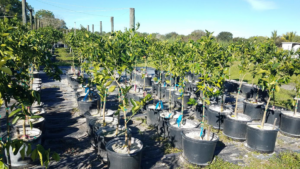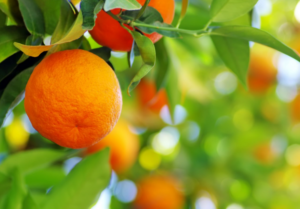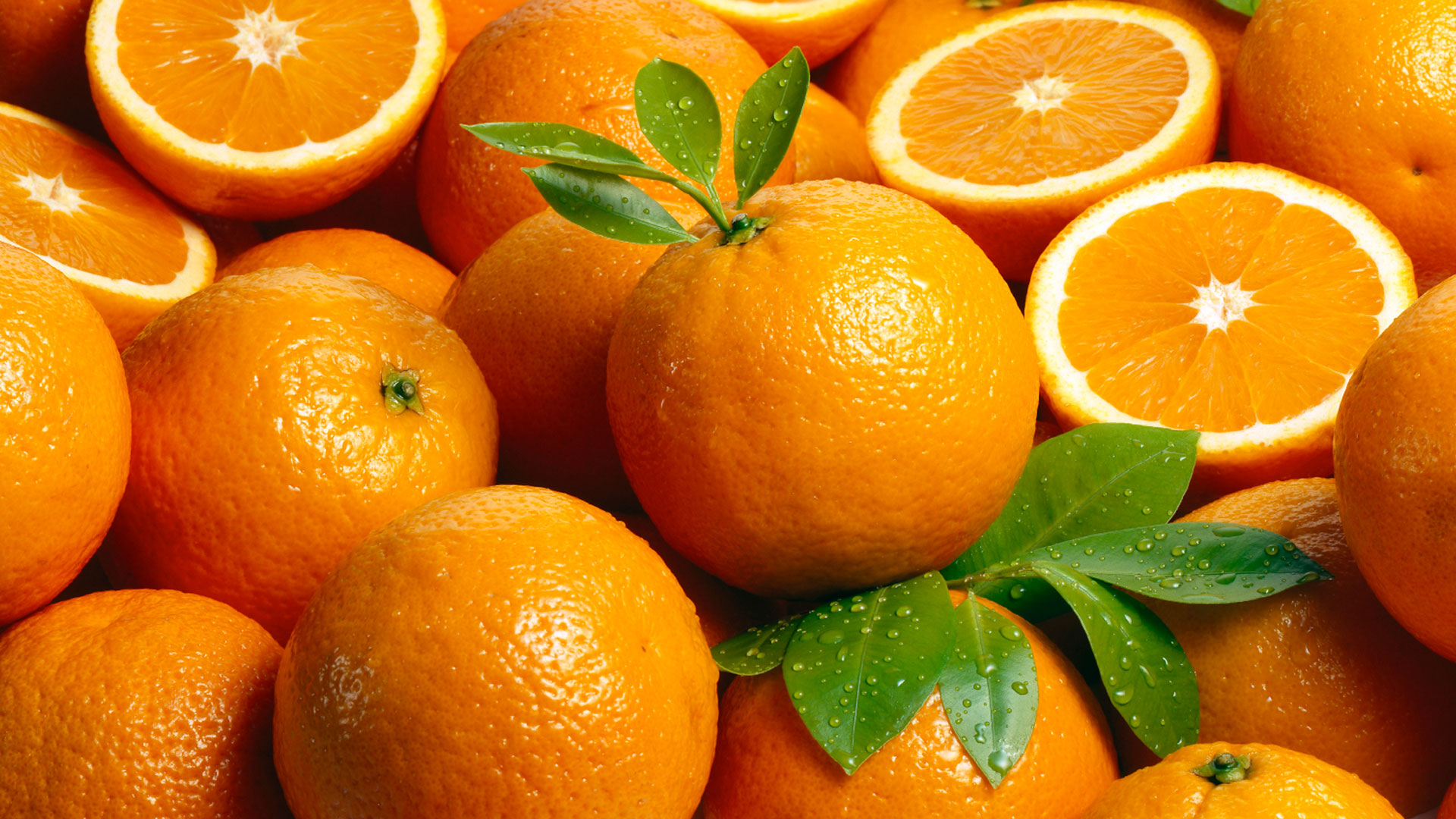The Haunglongbing (HLB) bacterial disease has been found in most citrus growing areas of the world. The disease is severe, resulting in bitter, inedible, misshapen fruit. The trees show severe deficiency symptoms often leading to tree death in severe cases. The vector is the Asian citrus psyllid. The bacteria, introduced by the psyllid, cause blockages in the phloem transport system affecting nutrient and carbohydrate distribution within the plant.
Aggressive psyllid control and balanced nutrition are ways to control the disease. Work done by the University of Florida has shown that there were significant reductions in leaf mottling, whole leaf chlorosis, rosette formation, Zn island greening, veinal chlorosis and vein corking as well as larger leaf sizes with balanced fertilizer applications vs. no fertilizer applications.
Additionally, in a five-year study (2008-2012) by the University of Florida, a heavily HBL infected citrus orchard was treated (foliar) with various nutrient cocktails containing potassium nitrate (Maury Boyd cocktails) and other compounds known to promote SAR in plants, such as phosphorous acid, salicylic acid and/or the Bacillus subtilis antibiotic. All the treatments containing potassium nitrate doubled the citrus yield, and the most cost-effective in terms of return on invest-ment was the stand-alone potassium nitrate treatment.
The yield improvements were not ascribed to any bactericide properties of potassium nitrate but to the ability of potas-sium nitrate to enable a plant to regenerate new phloem vessels to compensate for those blocked (infected) by the HBL bacteria. SAR in citrus has also been reported against the Florida wax scale with potassium nitrate foliar applications. With soil applications, SAR against phytophthora spp. has been reported by applying nitrogen in the nitrate form. Nitrate-N can be optimized by using potassium nitrate along with other nitrate containing fertilizers.
Potassium increases the resistance of plants towards diseases by several means: On a metabolic level, optimal potassium nutrition reduces the accumulation of short chain car-bohydrates and non-protein nitrogen which may serve as food for invading bacteria and fungi. Potassium also increases auxins, phy-toalexins and phenols which are identified disease inhibitory compounds found in the cells around infected sites. Low plant potas-sium levels cause a rapid breakdown of phenols and an increase in inorganic nitrogen levels. On a physical level, potassium firms cell walls which can offer increased physical resistance to invasion, and on the contrary, a lack of potassium leads to thinner cell walls and slower growth making it easier for par-asites to penetrate the epidermis.
Optimal potassium nutrition will also increase the plants’ ability to recover from pest and dis-ease attack (such as phloem regeneration) after recognized treatment measures. According to the International Potassium Institute, Perrenoud (1990) extensively reviewed the effect of potassium applications on disease severity. With bacterial infections, potassium application decreased severity in 99 out of 144 cases with 14 unchanged. For fungal infections, potassium application decreased disease severity in 1080 of 1549 cases with 112 cases unchanged.
Immunity booster with potassium nitrate* (Ultrasol® K Plus and Ultrasol® K Plus Acid)
Using potassium nitrate as the N (nitrate-N) and K source, both required by plants in the largest quantities, has been shown in all crops to be the most efficient of all N and K fertilizer combinations to enhance not only their mutual uptake but also to enhance the uptake of the Ca, Mg, Fe, Cu and Zn cations and to promote SAR in citrus trees.
Potassium is not a pest-control product but certainly plays a role in Systemic Acquired Resistance of plants and has been reported to increase the efficacy of both insecticides and fungicides in effecting proper pest and disease control.
Content provided by
Duncan Napier
Technical Manager SQM Africa
Disclaimer
The information herein contained is given to the best of SQM’s knowledge and is believed to be accurate. The conditions of your use and application of the suggested recom-mendations, are beyond our control. No warranty is made as to the accuracy of any data or statements contained herein. SQM specifically disclaims any responsibility or liability relating to the use of the recommen-dations and shall under no circumstances whatsoever, be liable for any special, inciden-tal or consequential damages arising from such use.





